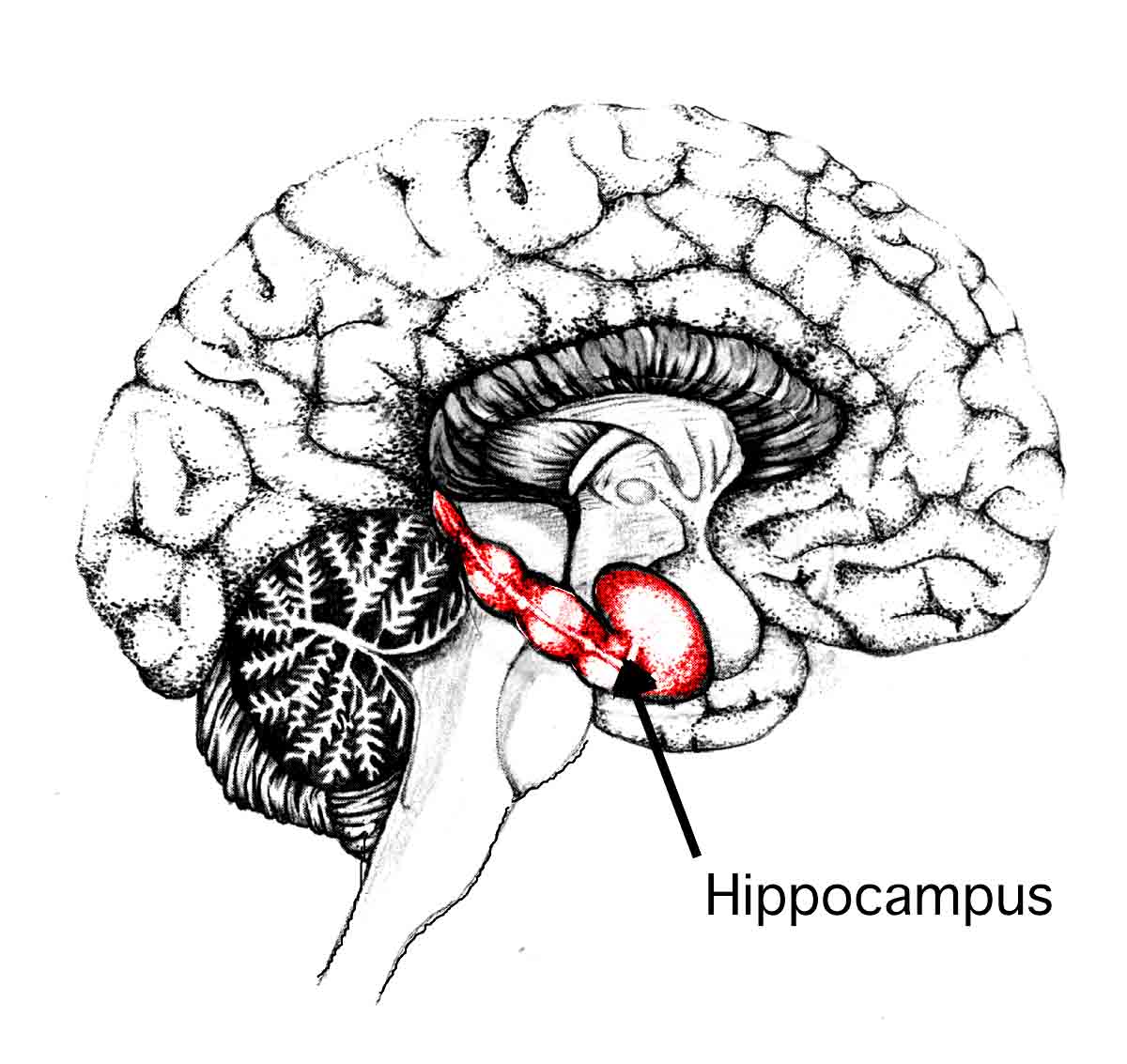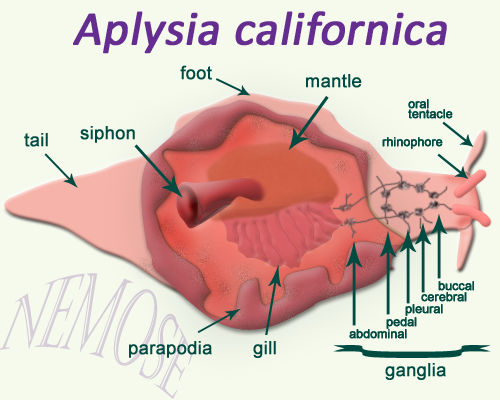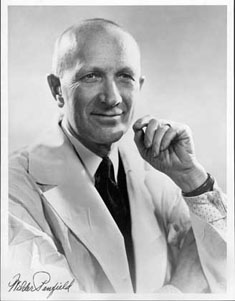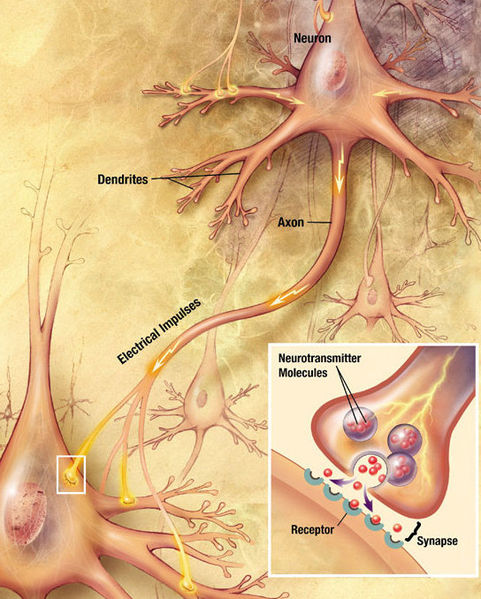Brain Structures for Memory
An Introduction:
The human brain is one of the most complex and interesting objects in nature. The only way we are able to survive in such a complex ever-changing world is because of our brains ability to learn and memorize things. Many of the day to day tasks we perform depend on our ability to memorize stuff and retain important knowledge. For example, daily conversations depend heavily on the ability to memorize words and their meanings.
It is thus extremely important for us to understand the underlying structures and mechanisms that ensure that we remember things. Some of the pressing questions that are concerned with memory structures are:
|
A Peek into the Brain of a Savant:
Researcher Darlold Treffert describes "Savant Syndrome" as a "rare condition in which people with developmental disorders have one or more areas of expertise, ability or brilliance that are in contrast with the individual's overall limitations"[1]. Thus, the term "Savant" is neurosciences is used to refer to an individual who has extraordinary mental abilities. For example, Rudiger Gamm, a "mental calculator" is able to compute complex calculations like irrational divisions till 30 decimal places and exponential computations in his head and that too in astonishingly less time [2].
There are very few people in the world who have these kinds of abilities and most of them are mentally disabled in some way or another. Researchers believe that the disabilities cause activation of certain other brain functions which make these special abilities possible. Although most of these abilities are attributed to genetic reasons but some neurologists suggest that every human brain has such latent abilities. Thus, the understanding of the complexities of memory structures may help us to use our brains in ways that can only be imagined now.
Check out the following documentary on savants:
http://www.youtube.com/watch?v=awjpcsyP9mg
http://www.youtube.com/watch?v=plSDKavl5ig&feature=related
http://www.youtube.com/watch?v=ucVvDoX5-0M&feature=related
http://www.youtube.com/watch?v=E7NSmL5J39A&feature=related
http://www.youtube.com/watch?v=5CtrSxb87YY&feature=related
Are memories of different kinds:
Yes, indeed there are different kinds of memories that each of us have. Some memories are related to past events, some are very recent, some tend to be forgotten quickly whereas others remain in our brains for a long time, some are very direct and can be described whereas others are not so obvious can can’t be described as easily (e.g. how to ride a bicycle) . We may broadly classify memory into two kinds:
|
Figure 2: Parts of the brain involved with working memory, courtesy: http://www.sharpbrains.com/blog/2008/06/05/your-brain-on-trading-101/
Short term/Working Memory: Working memory is what we remember while engaging in day to day activities. Working memory is seated in the frontal and parietal lobe of the cerebral cortex. There is constant addition and loss of information that takes place in the working memory. This allows us to remember important stuff and reject unimportant ones so that we can efficiently deal with the changing environment. Working memory is indispensable for activities like conversation. In the words of Michael O’Shea (Brain: A very Short Introduction, page 85), working memory is a “moving window of comprehension that allows us to understand the present in terms of the very recent past.”

Figure 3: Location of hippocampus,courtesy:http://www.memorylossonline.com/glossary/hippocampus.html
Long-term Memory:Long term memory is anything that is remembered for as little as a few days or as long as a few decades [3]. Long-term memory is usually classified into two types:
|
Why are some memories remembered for longer duration:
It is quite obvious that there exists a mechanism by which some select memories of our everyday life get converted into long-term memories and are remembered for a long time. The formation of long-term memory depends upon a lot of factors like:
|
This somehow suggests that for a memory to be retained by the brain for long durations there must be a permanent change in the neural circuitry of the brain. This was later demonstrated by Eric Kandel, in his Nobel Prize winning work on sea slugs which we will talk about later. Research by Priceton neuroscientist Joe Tsien have found this conversion is related to the events at cellular level that led to the formation of the memory. It is by "replaying and reinforcing" these cellular events that the brain is able to achieve these conversions into long-term memory [8].
Role of Chemical Synapse in Memory:
A chemical synapse is a bridge by which two neurons communicate with one another. It is a direct consequence of the neurotransmitter activity. It is estimated that the adult human brain contains somewhere between 1014 to 5 × 1014 (100-500 trillion) synapses [5].
It is believed that synaptic connections are essential to memory. The strength or efficiency of these connections determines the way we remember things. This has been seen by different “eye-blink classical conditioning experiments “ conducted on mice in which it has been observed that “rats to have significantly more synapses per neuron within the cerebellar interpositus nucleus than both explicitly unpaired and untrained controls.” [6].
Molecular Mechanisms underlying memory (Work by Eric Kandel):
Eric Kandel was a American neuroscientist who did pioneering studies on molecular mechanisms involved in memory storage. He observed the giant sea slug Aplysia californica for this purpose because of it's similarity to human neural system as well it's relatively large neuron size. The sea slug like humans shows reflex action of withdrawing its gill when it's siphon is touched and like humans gets "Habituated" to repeated stimlulations and diplays no reaction on doing so. This simple reflex action proved that the slug was capable of simple learning and thus, it motivated Kandel to conduct more experiments.

Figure 5: Kandel's Sea Slug, coutesy: http://www.geochembio.com/biology/organisms/aplysia/
Kandel also observed that the slug responded to "Sensitization" in which a strong electric shock to the tail resulted in strengthened response to the weak siphon stimulus. Kandel used regular sensitization using tail shock five times in spaced intervals and observed the conversion of the short-term memory to long-term memory. Thus, he and his associated conducted more studies on the mechanism behind this conversion. In their studies they found that apart from sensory and motor neurons a third kind of neuron was present right at the junction of the first two. This was called the "modulatory neuron". This neuotransmitter of this neuron was found to be serotonin. Further studies, resulted in a theory of the memory formation which can be summarized by Figure-6 and Figure-7 below.
Figure 6: Biochemistry of Short-Term Memory Formation in Sea Slugs
Figure 7: Biochemistry of Long-Term Memory Formation in Sea Slugs
Uniqueness of Episodic Memory:
Of all the types of memories discussed above, the one that seems to be the most interesting as well as elusive is episodic memory. Episodic memory as stated above is the memory that is associated with past events. It is the way we remember certain select specific events from our past like the day we first fell off our bicycle. There may have be many occassions when we have fell off bicycles but this particular instance is memorized (maybe for life). These kind of memories are: "personal, highly
selective, idiosyncratic, and possibly false, but they may also be
richly complex and movie-like in character." (Brain: A very short Introduction, Michael O'Shea, page 88).
These memories are formed at the hippocampus region of the brain as has been verified by patients with alzheimer's disease who tend to be amnesic and unable to recall events from the past. Studies have shown that the damage to the hippocampus is more in these patients [7]. The storage and retrieval of thse memories is still a research topic. Some experiments as those by Dr. Wilder Penfield (an American neurosurgeon) on epileptc patients have shown that patients could remember "very detailed memories of long-past" when a small region of their cerebral cortex was stimulated electrically. Similar memories were evoked when the same areas when stimulated again and again.

Figure 8: Winder Penfield, courtesy: http://www.ericberne.com/people/Wilder_Penfield.htm
This suggests that the cortex (neocortex) stores our episodic memories under electrical stimulation, some electrical connections get disturbed which makes these memories accessible to the patients. It has also a peculiarity of episodic memories that they can be stimulated by many factors like smell, auditory sensations. For e.g. it is common experience that a particular song/tune can bring back memories of long forgotten events. This again suggests something regarding the way episodic memory is encoded in our brains. It is as if there is a requirement of some stimulus that can help us in recalling those. Yet, some events are extremely vivid in our memories and can be recalled at any time.
Conclusions:
The study of memory srtuctures is fundamentally important to the understanding of the human brain. This will allow us to use our brains in much more efficient ways. Some of the questions are we deal with currently are:
|
References
Primary reference: Brain: A very short introduction, Michael O’Shea
[1] http://en.wikipedia.org/wiki/Savant_syndrome (Wikipedia entry on savant-syndrome, gives basic knowlegde about the Savant Syndrome)
[2]Beautiful Minds: A voyage into the Brain (Episode titled "Memory Masters", a documentary produced in 2006 by colourFIELD tell-a-vision, a German company (awesome documentary about studies on savants)
[3] http://en.wikipedia.org/wiki/Long-term_memory (Wikipedia entry on long-term memory, gives basics knowledge about long term memoy)
[4] Neural Pathways to Long Term Memory, by Gerald Lai, Scott Nisbitt, Ed Fong, Phat Ha, http://ahsmail.uwaterloo.ca/kin356/ltm/ltm.htm, (good read for Long Term Memory and underlying mechanisms)
[5] http://en.wikipedia.org/wiki/Chemical_synapse (Wikipedia page giving general information about chemical synapses)
[6] “Synapse formation is associated with memory storage in the cerebellum”, Jeffery A. Kliem, John Freeman, Rochelle Bruneau, Brain C. Nolan, Natalie R. Cooper, Alison Zook, Drew Walters, http://www.pnas.org/content/99/20/13228.abstract (interesting article on an eye-blink conditioning experiment on rats)
[7] http://en.wikipedia.org/wiki/Episodic_memory (Wikipedia entry on episodic memory, gives general information)
[8] Instant replay: Building long-term memoy, Kate Melville, http://www.scienceagogo.com/news/20001012032303data_trunc_sys.shtml, 12 November 2000, (About the work of Princeton neurosurgeons on mice to study conversion of short-term memory to long-term)

